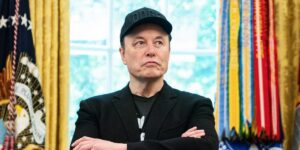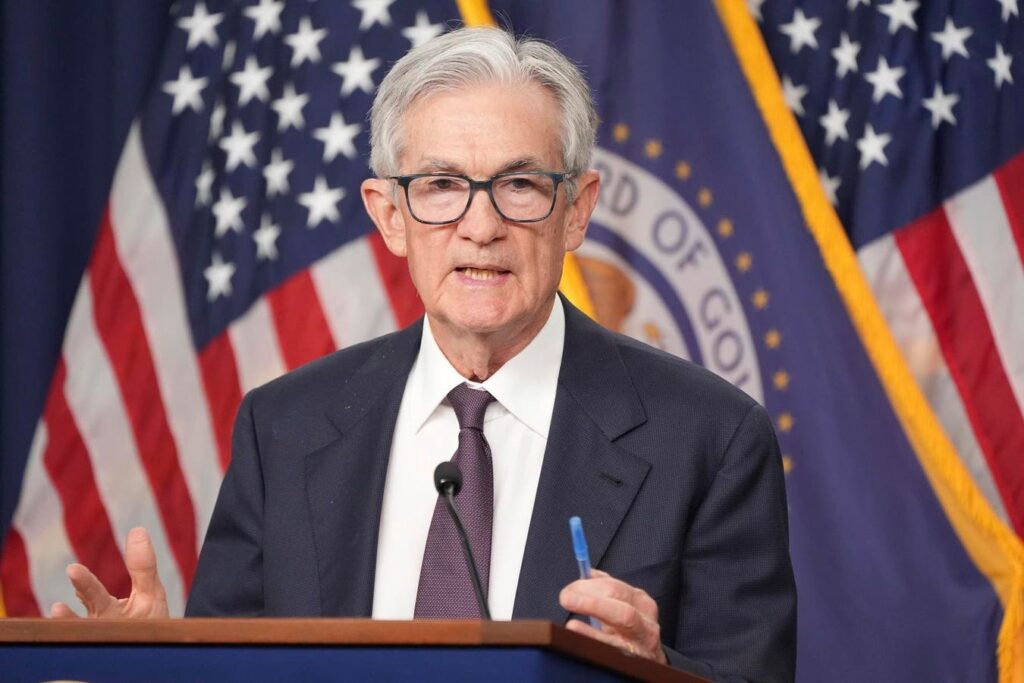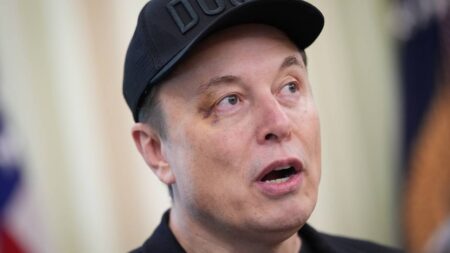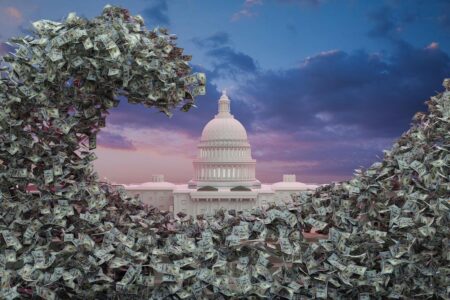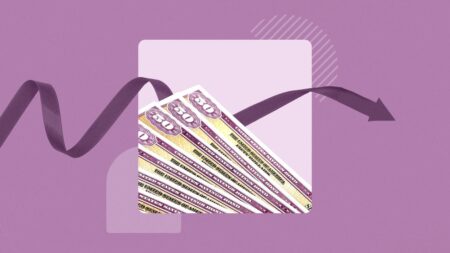Ahead of its next interest rate decision on June 11, Federal Open Market Committee members are now in a blackout period. This limits public comments on monetary policy. Recent speeches suggest that June’s meeting will result in holding rates at their current 4.25% to 4.5% level.
The CME FedWatch Tool, which gauges the implied forecast of fixed income markets implies it is almost a certainty that rates are held steady in June. However, the FOMC is watching the impact of tariffs closely and incoming data this month, and next, could help inform the path for interest rates later in 2025.
The summary of a meeting between Jerome Powell and President Trump on May 29, also suggests the President is still looking for lower interest rates, but Powell has no interest in accommodating that if the economic outlook does not support it.
Recent Policymakers’ Comments
For now, policymakers generally believe the U.S. economy is performing well, limited the need to cut interest rates. Federal Reserve Governor Michael Barr summarized the economy in the following way in a speech on May 15. “In my view, the economy is on solid footing, with solid growth, low and stable unemployment, and inflation continuing to come down towards our 2 percent target. But the outlook has been clouded by trade policies that have led to an increase in uncertainty, contributing to declines in measures of consumer and business sentiment.”
Some of these themes were echoed in a more recent speech on June 1 in Korea by Fed Governor Christopher Waller, in exploring the impact of tariffs, he said. “I do expect tariffs will result in an increase in the unemployment rate that will, all else equal, probably linger. Higher tariffs will reduce spending, and businesses will respond, in part, by reducing production and payrolls.”
Then continuing onto inflation Waller said the following, “I expect the largest factor driving inflation will be tariffs. As I said earlier, whatever the size of the tariffs, I expect the effects on inflation to be temporary, and most apparent in the second half of 2025.”
Meeting Between Trump and Powell
President Trump and Fed Chair Jerome Powell met at the White House on May 29. Powell mentioned in response to a question at the press conference after FOMC’s May meeting that he never requests meetings with the President, so presumably the meeting was at the President’s request.
President Trump has said in several public comments that he believes Powell should cut interest rates immediately. It appears Trump may have made that same point in the meeting with Powell. However, Powell noted that, “path of policy will depend entirely on incoming economic information and what that means for the outlook.”
As such, the President and Fed Chair may have had, in private, a similar debate to their public statements, with Trump calling for lower rates, and Powell stating that interest rates will be set based on economic data. So far, Trumps criticism of Powell doesn’t appear to have had any bearing on monetary policy, despite temporarily shaking the markets in late April when it was believed Trump might try to fire Powell.
The Outlook for Interest Rates
On reported data, the economy continues to show robust job growth and somewhat cooling inflation. However, inflation remains above the FOMC’s 2% goal, limiting the prospect for interest rate cuts currently. That’s likely why rates won’t be cut in June.
The big question is tariffs. FOMC policymakers have signaled that they will wait and see what the impact of tariffs are based on the economic data. For now, the impact from tariffs on economic reports is muted, in part because of reporting lags and also because firms are evaluating their response. Once the data of tariff’s economic impact becomes more evident, it’s likely the FOMC’s response will too. However, since that data likely won’t come before the June meeting, rates are expected to be held steady.
Read the full article here




